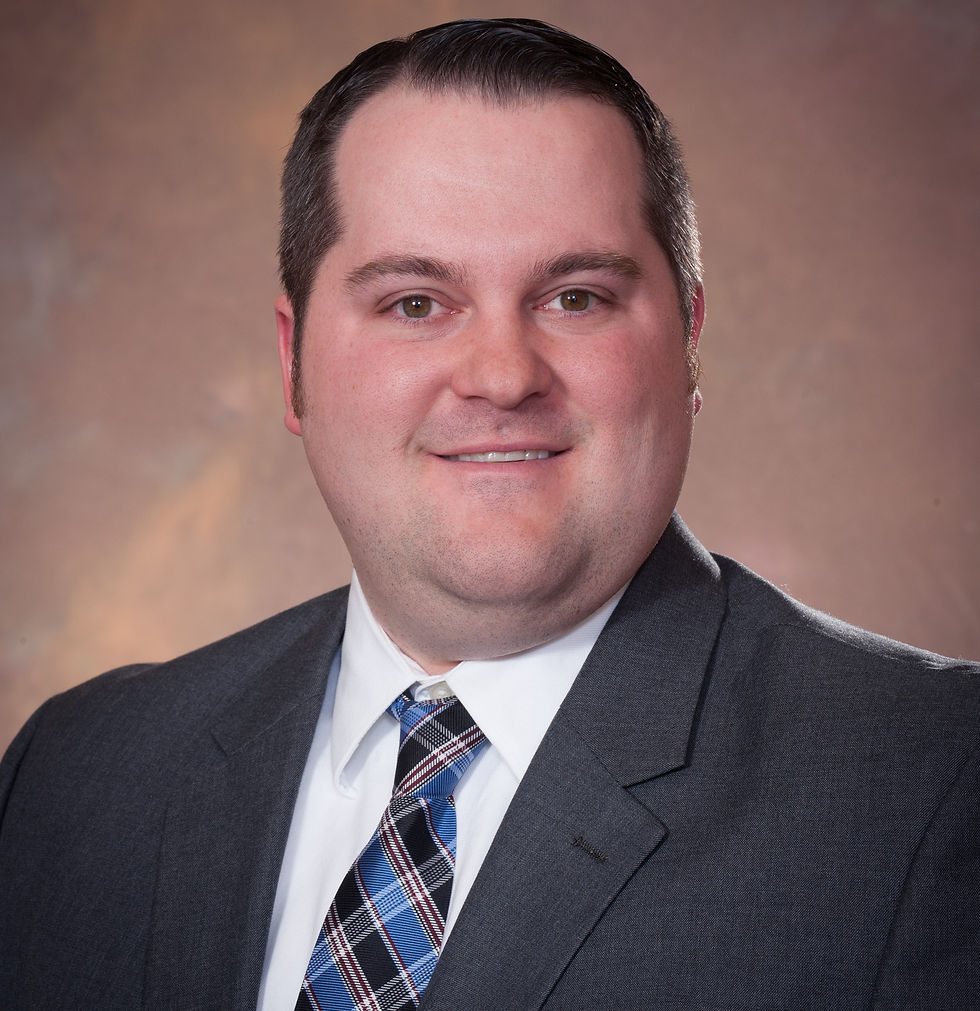Michigan State University FCU Innovation Lab Partners with Fintechs
- Roy Urrico

- Feb 2, 2021
- 5 min read

By Roy Urrico
The $5.5 billion East Lansing, Mich.-based Michigan State University Federal Credit Union (MSUFCU) took innovation and collaboration to another level with the launch of The Lab at MSUFCU late last summer. The goal was to turn ideas into advanced financial technologies.

“The Lab at MSUFCU embodies one of MSUFCU’s core values of driving and embracing change by bringing innovation to our members,” said April Clobes, CEO and president at MSUFCU. “Our innovation pilots are designed to incorporate member feedback as well as include a cross-section of employees in the creation process.”
The credit union said it established the Lab at MSUFCU to identify, create and execute opportunities for innovation. By devoting resources to cultivating an entrepreneurial mindset, collaborative concepts can lead to pilots and new technology, products and services for members and employees.
“The purpose of The Lab at MSUFCU is to develop innovative solutions so members can take advantage of the latest financial technology opportunities to improve their experiences and make their dreams a reality,” Ben Maxim, the MSUFCU assistant vice president of digital strategy and innovation, said. “By bringing people together who have differing roles and experiences, we are able to approach ideas from all angles and develop holistic solutions to fulfill unexpressed needs and emerging market expectations for our members.”
Tech-Savvy Credit Union Seeks Pioneering Fintechs

The credit union has a well-earned reputation for staying at the forefront of cutting-edge tech. Maxim, who began at MSUFCU some 13 years ago as a web developer, noted the credit union built its own web presence as well as online and mobile banking systems when smartphones arrived. “We have a history of kind of adopting these technologies.” However, Maxim pointed out as the organization grew, the focus changed to maintaining some of those systems versus truly doing some of that organic innovation inherent in what they were doing.
At the beginning of 2020, MSUFCU started focusing on taking a more proactive role in innovation and keeping tabs on emerging technology. Maxim said, “We wanted to see where we can leverage (technology) and find the partnerships to help with advanced strategies versus having to build everything ourselves all the time.”
Maxim explained when the Lab got underway, he reached out to find companies compatible with MSUFCU’s key strategies in areas such as digital human interaction, financial wellness, self-service, operational efficiency and personalization. “Then, a lot of the fintechs started coming to us. I'm at a point now where I get several inquiries reaching out to us each week, trying to connect.”
Fintech interaction with the Lab starts, Maxim noted, with an initial conversation to see if there is a fit into one of the credit union’s strategies. “We start having conversations, bringing in different folks from our side in the different relevant areas.” If there is a fit, they decide whether to develop a short-term or a large-scale pilot and how to involve innovators from across their organization.
Once they have selected a technology to pilot, they create about a five-to-six-month plan to try out the technology. Some longer pilots require a longer trial so the credit union can collect enough significant data. Maxim indicated there are usually no more than two concurrent large-scale pilots plus 2-3 ongoing smaller test runs, some as little as a month trial “Quite often we found that six months is kind of the sweet spot to get enough data on them,” Maxim said.
COVID-19 Accelerated Timeline
The plan was to slowly gear up the Lab, but the pandemic accelerated the timeline. Officially the Lab launched in late summer 2020; unofficially they started earlier in May when COVID-19 concerns shut down branches.
“We started a video chat/banking pilot (with Sandy, Utah-based POP/io) that we got up and running in five weeks. We tested it over the summer and then rolled it out to all members at the end of August,” Maxim said. “We put a lot more effort to set up some of the plans and then rolled out our innovation center just a little bit ahead of schedule.”
Because MSUFCU is a university-based credit union, many of the problems revolve around options for students, such as how to pay off their student loans faster. The credit union is currently in the middle of testing ChangEd, a roundup app that collects spare change to pay off student loans; and Pocketnest, a digital financial advisor that uses behavioral science and psychology to coach users.
MSUFCU has also completed a three-month pilot with VERN (Virtual Emotion Resource Network), which analyzes human communication and provides a patented detection of emotions. VERN grew out of a decade-long partnership with the MSU computer science department. Maxim explained, “We had (VERN) build out an anger model for us (to detect) if people are annoyed or angry. So, we can address negative feedback more quickly as it is coming in.”

The LAB at MSUFCU also partnered with a company called Keyno, a developer of a dynamic CVV2 (the security code printed on a card) code technology that integrates with already-issued credit, debit, and prepaid cards to prevent online fraud. “They’re using an API to generate that CVV2 on a rotating basis,” said Maxim. The credit union’s been working with Keyno since August with about 500 members using the dCVV2 service. So far it has received a positive response with 62% of surveyed members saying they are more likely to use the credit union’s card when shopping online. But Maxim noted they need a lot more transactions to measure the true fraud results.
Using a new fintech solution, while connecting through APIs with other systems, presents challenges. One of the main ways MSUFCU assures proper connection is though Plaid Exchange, an open finance solution that enables the data connectivity, “That works without us doing any work on our end,” Maxim said. The credit union also has an in-house dev team that can create any custom connections needed to make implementations work. “Often we're trying to minimize the amount of effort that we're putting in.”
Lab Uses Associates and Member Participation
The credit union encourages associate participation in the Lab at MSUFCU. Maxim indicated, “They apply for the opportunity or are nominated by their manager. We select people that make sense. We have a diverse set of experiences represented for different areas.”

There is also an opportunity for participating associates to get innovation training and design thinking, and learn startup and Agile software development methodology. “The involvement of our employees in this process really helps with retention and attraction of talent,” Maxim pointed out. Presently, MSUFCU has 20 individuals going through the innovation program. As each employee returns to their respective departments, they carry with them lessons learned and the capability to carry an entrepreneurial mindset cultivated through the innovation training.

The Lab also encourages members to play an active role in the creation process by signing up to for test drives as the pilots become available. This allows the team to use member feedback, in addition to employee reaction, as part of the vetting process for potential fintech partnerships.
Another consideration for the credit union is as an investment partner with a fintech. “We are exploring the opportunity there,” Maxim suggested. But they have not made their first investment yet. MSUFCU also participates with Members Development Company (MDC), an interactive consortium of almost 70 credit unions, which identifies and connects disruptors in financial services.
MSUFCU, founded in 1937, has 21 branches, and nearly 300,000 members. The credit union’s recognition for excellence includes several top industry and workplace awards such as a Top Workplace in the large employer category by the Detroit Free Press for nine consecutive years, a 5-star rating from Bauer Financial in 2020, a Top 100 Best Workplace for Women by Fortune for the third year, and earning a place as one of five Michigan credit unions named by Forbes Best-in-State Credit Unions.



